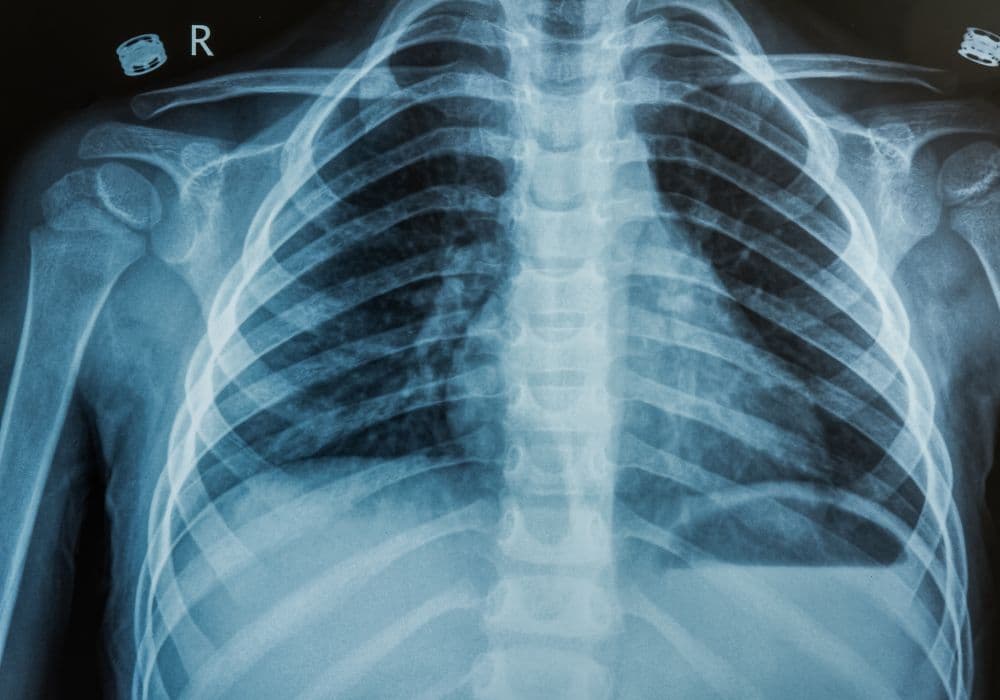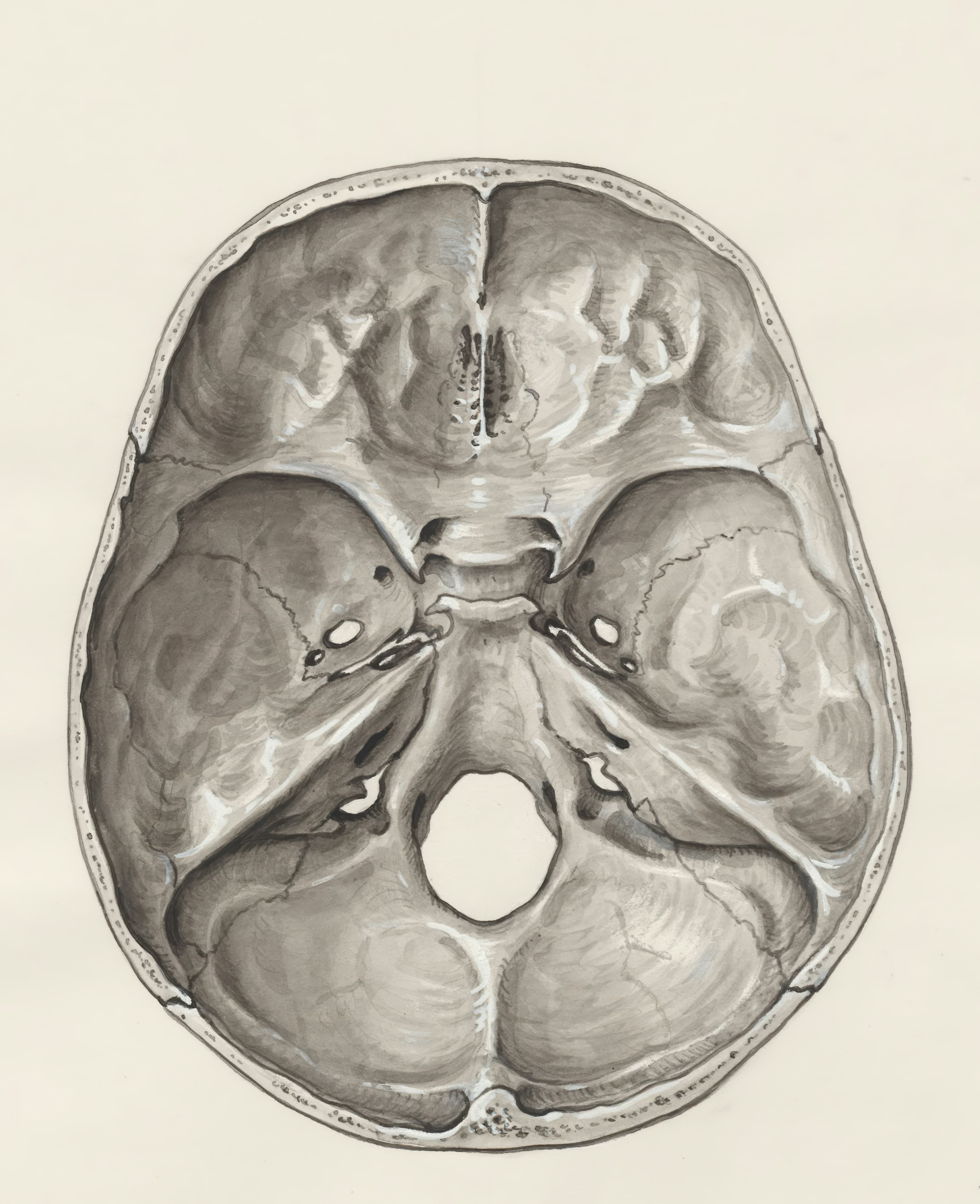A Glimpse into the Diagnostic Potential of Chest X-rays
Chest X-rays can provide valuable insights into a range of medical conditions. They help diagnose and monitor the following:
- Lung Infections: Chest X-rays can detect infections like pneumonia, bronchitis, or tuberculosis by revealing abnormal lung patterns.
- Lung Tumors: These X-rays can detect tumors or nodules in the lungs that may indicate lung cancer or other abnormal growths.
- Heart Conditions: Chest X-rays can show the size, shape, and position of the heart, aiding in the diagnosis of heart diseases such as heart failure or enlarged heart.
- Chest Trauma: X-rays are used to assess potential injuries like broken ribs, collapsed lungs, or other damage caused by accidents.





